Laminate Flooring For Basement
Finishing a basement presents unique challenges, especially when selecting the right flooring. Laminate flooring has become a popular option due to its durability, affordability, and aesthetic appeal. Unlike solid hardwood, laminate resists moisture better and mimics the look of natural materials. Homeowners appreciate its easy installation and low maintenance, making it ideal for below-grade spaces. However, proper preparation and moisture control are crucial to ensure longevity. We will discuss the benefits, installation tips, and maintenance of laminate flooring in basements.

Why Choose Laminate Flooring for Basements?
Laminate flooring is a cost-effective alternative to hardwood or tile, offering the same visual appeal without the high price tag. Its multi-layer construction includes a moisture-resistant core, making it more suitable for basements than traditional wood. The top layer features a high-resolution image of wood or stone, protected by a durable wear layer that resists scratches and fading.
Basements are prone to dampness, but modern laminate products include water-resistant coatings and tight locking systems to prevent moisture infiltration. Unlike carpet, laminate won’t harbor mold or mildew, improving indoor air quality. It also feels warmer underfoot than concrete or tile, adding comfort to below-grade living spaces.
Another advantage is the ease of installation. Many laminate options feature a floating floor system, eliminating the need for glue or nails. This makes it a great DIY project for homeowners looking to save on labor costs. With proper underlayment, laminate can also provide sound insulation, reducing noise transfer in multi-level homes.
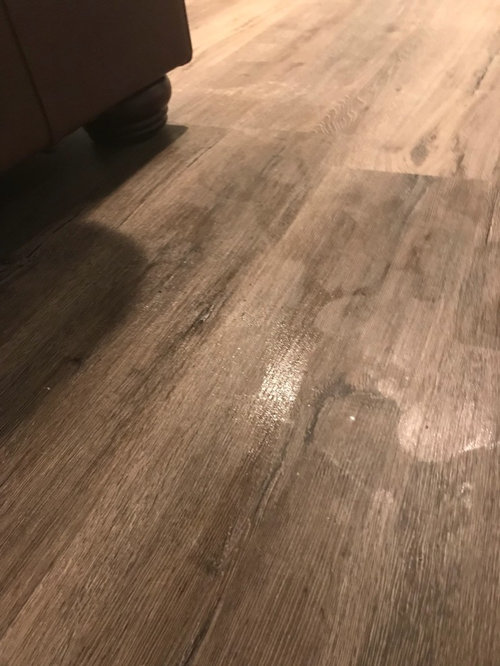
Preparing Your Basement for Laminate Flooring
Before installing laminate, assess your basement’s moisture levels. A simple plastic sheet test can detect excess humidity—tape a square of plastic to the floor and check for condensation after 24 hours. If moisture is present, consider sealing the concrete with a vapor barrier or using a dehumidifier to maintain optimal conditions.
The subfloor must be clean, dry, and level. Any cracks or uneven spots should be filled with a self-leveling compound to prevent future floor damage. Installing a moisture-resistant underlayment is essential, as it adds cushioning, reduces noise, and acts as an additional barrier against dampness.
Avoid installing laminate directly over carpet or existing flooring with padding, as this can compromise stability. If your basement has a history of flooding, consider alternative flooring or take extra precautions like perimeter sealing. Proper preparation ensures your laminate flooring stays warp-free and lasts for years.

Best Laminate Flooring Types for Basements
Not all laminate is created equal—look for products specifically designed for basements or high-moisture areas. Waterproof or water-resistant laminate is the best choice, featuring enhanced core materials that repel liquid. Some brands offer rigid core laminates with stone-plastic composite (SPC) or wood-plastic composite (WPC) for added durability.
Thicker planks (8mm or more) provide better stability and insulation, reducing the hollow sound often associated with floating floors. Textured finishes can improve slip resistance, which is useful in basements where humidity may cause slick surfaces.
Opt for lighter colors if your basement lacks natural light, as they can make the space feel larger and more inviting. However, busier patterns or distressed wood looks can help conceal minor scratches or dust accumulation over time. Always check the product’s AC rating (Abrasion Class) to ensure it’s suitable for high-traffic areas.
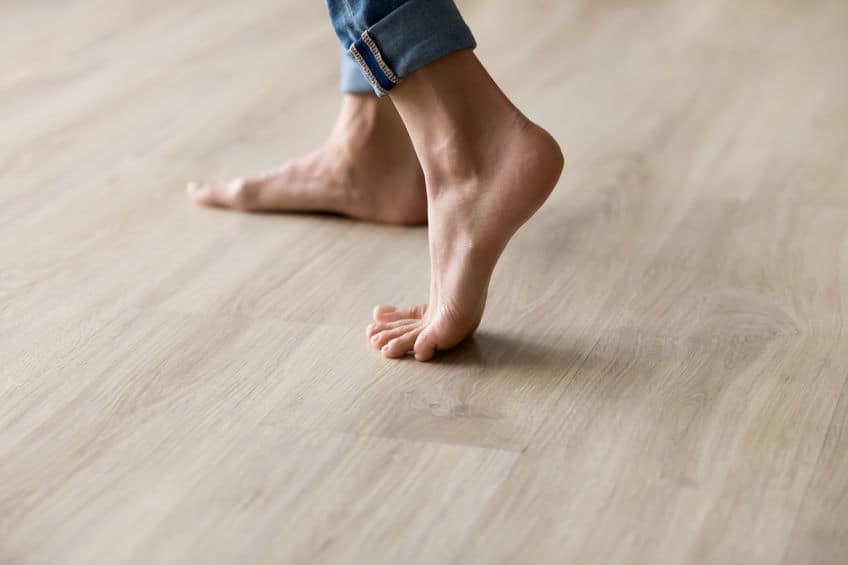
Installation Tips for Laminate in Basements
Start by acclimating the laminate planks to your basement’s humidity levels for at least 48 hours before installation. This prevents expansion or contraction after laying the floor. Leave a ¼-inch gap around the edges to allow for natural movement, covering it later with baseboards or quarter-round molding.
Use a tapping block and pull bar to secure the planks tightly without damaging the locking mechanism. Stagger the seams by at least 12 inches for a more natural appearance and added structural strength. Avoid installing laminate in areas with floor drains or sump pumps, as these spots are more susceptible to water exposure.
If your basement has radiant heating, confirm that the laminate is compatible with underfloor heating systems. Some products may warp under prolonged heat exposure. Always follow the manufacturer’s guidelines for installation to maintain warranty coverage.
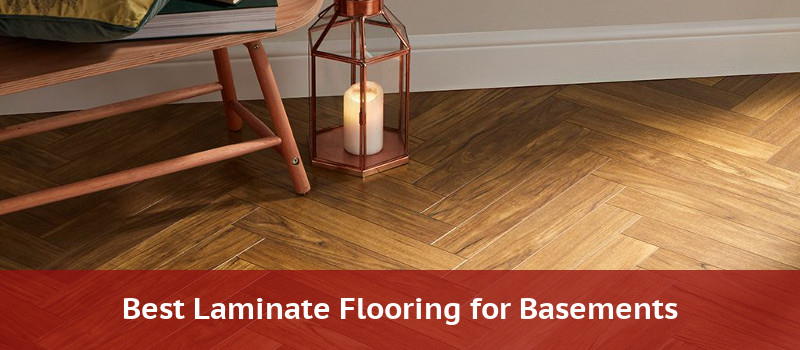
Maintaining Laminate Flooring in Basements
Regular sweeping or vacuuming prevents dirt and grit from scratching the surface. Use a damp mop with a laminate-specific cleaner—avoid excessive water, as standing liquid can seep into the seams and cause swelling. Wipe up spills immediately to prevent moisture damage.
Place rugs or mats in high-traffic areas or near entry points to reduce wear. Felt pads under furniture legs prevent dents and scratches. If a plank becomes damaged, individual pieces can often be replaced without redoing the entire floor, thanks to the floating installation method.
Control humidity levels with a dehumidifier, especially in summer months when basements tend to feel damp. Maintaining a consistent indoor climate (ideally 35-65% humidity) helps preserve the flooring’s integrity. Avoid steam cleaners, as the heat and moisture can warp the planks over time.
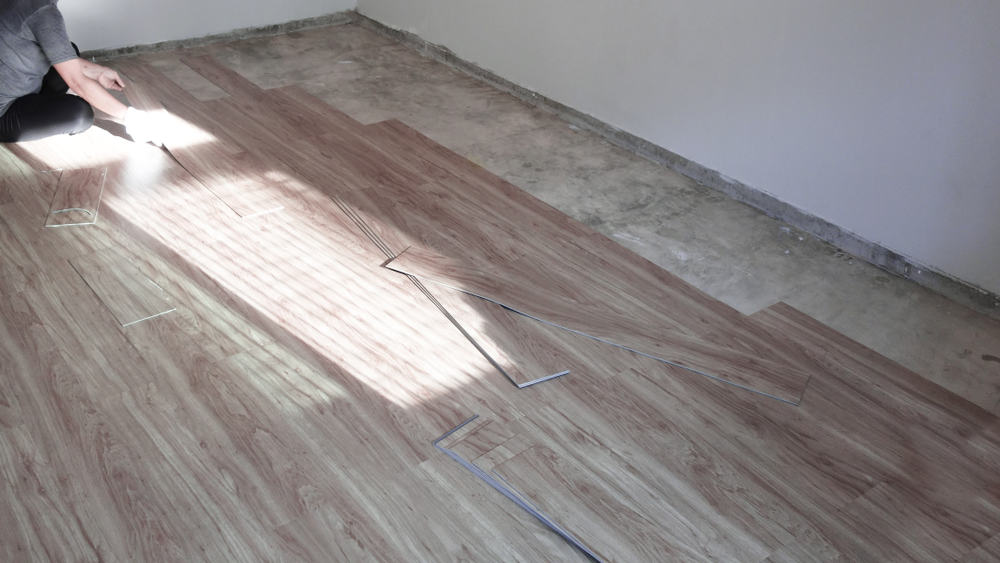
Potential Drawbacks and Alternatives
While laminate is a great option, it’s not perfect. Prolonged exposure to water can cause irreversible damage, making it less ideal for flood-prone basements. Unlike vinyl plank flooring, laminate cannot be fully submerged without warping. If your basement has frequent moisture issues, consider luxury vinyl plank (LVP) or tile instead.
Another limitation is the hardness of laminate, which may feel less comfortable underfoot compared to carpet or cork. Area rugs can add warmth, but if cushioning is a priority, engineered hardwood with a moisture barrier might be a better fit—though at a higher cost.
For homeowners seeking an eco-friendly option, some laminate brands use recycled materials and low-VOC finishes. However, if sustainability is a top concern, bamboo or cork flooring could be preferable, provided proper moisture control measures are in place.
Laminate remains a practical and stylish choice for basements when installed correctly. By selecting the right product and maintaining it properly, you can enjoy a beautiful, durable floor for years to come.

Basement Laminate Flooring
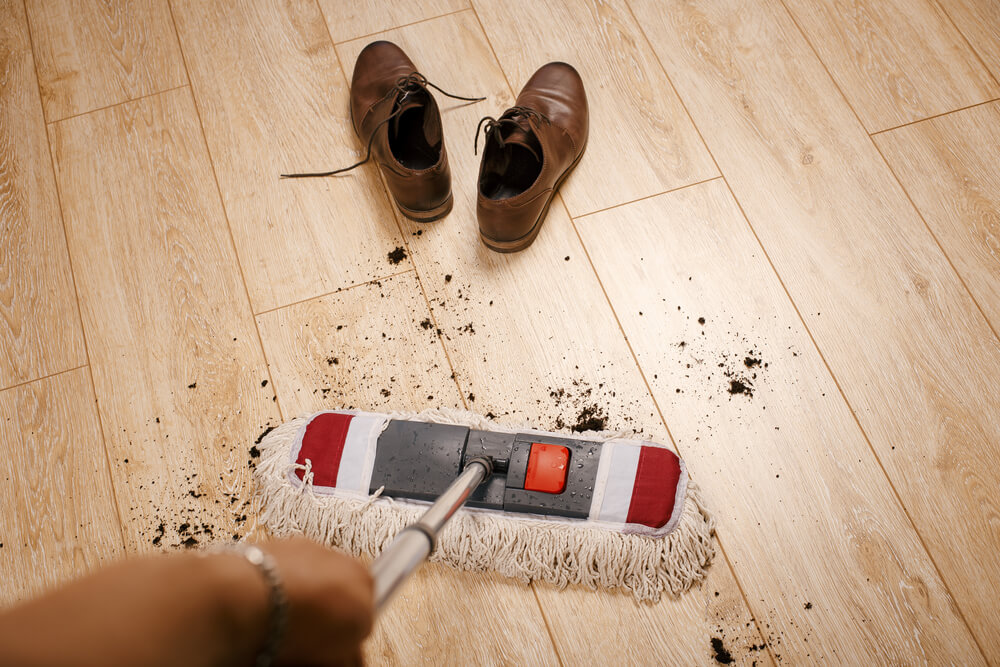
How to Fix Laminate Flooring Buckling – Floor Techie

Uneven Floor Indiana Foundation Service – Waterproofing

Vinyl Plank Flooring Problems (During and After Install) – Ready

Related articles: